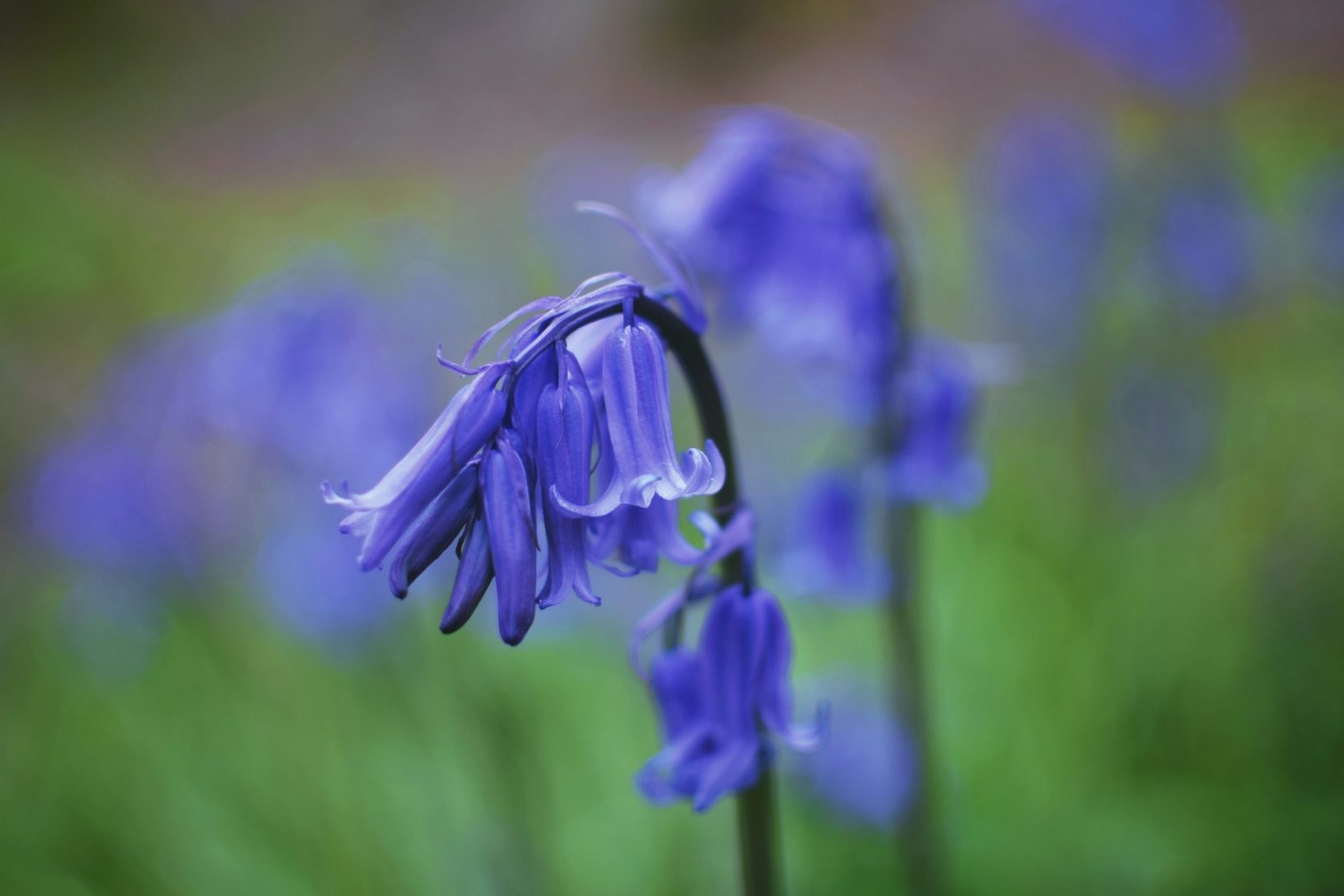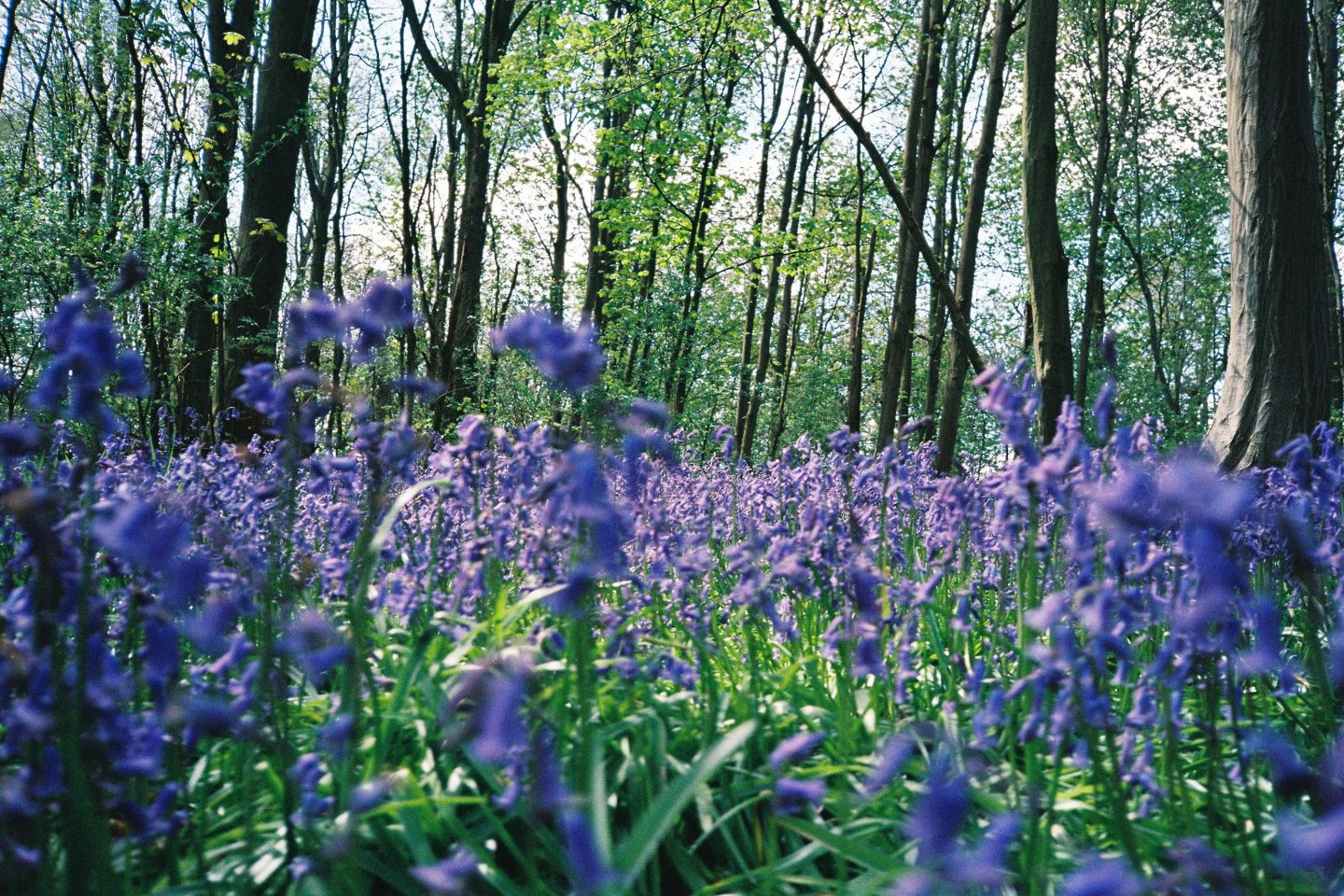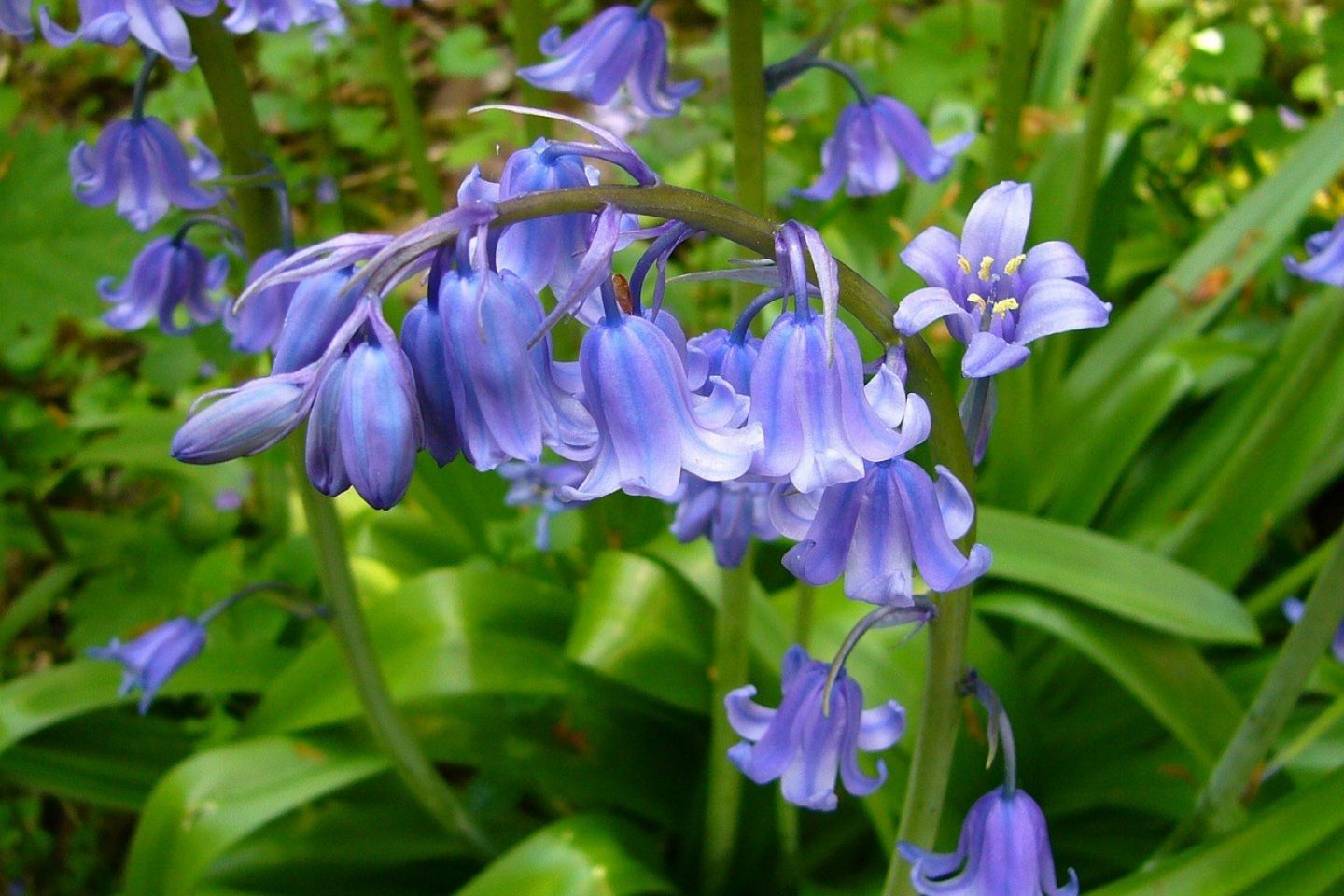Helpful information
Timing: Autumn (planting 'dry' bulbs), spring (planting bulbs 'in the green')
Where to do it: Outdoors
Garden space: Large garden, small garden

Timing: Autumn (planting 'dry' bulbs), spring (planting bulbs 'in the green')
Where to do it: Outdoors
Garden space: Large garden, small garden

Bluebell flowers growing in woodlands is one of the most glorious sights of the British landscape. It is also a sure sign spring is in full swing. Some people think bluebells symbolise humility, constancy and gratitude.
We are very lucky to be able to enjoy bluebells. It's thought almost half the world population of bluebells grow in the UK. In other parts of the world, they are quite rare.
Bluebells are also wonderful plants for gardens. They are straightforward to grow and provide welcome colour in April and May.
English vs Spanish bluebells
Next time you spot bluebells, look up close and see if it's an English or Spanish variety. There are some clear differences between the two.
The flowers on English, or native, bluebells grow in a single row on the stem. This stem gently bends over at the top, so it looks like some of the flowers are swinging from it.
Spanish bluebells, on the other hand, grow totally upright on the stem. No droop to be seen! The flowers may appear randomly all around the stem.
While both varieties are lovely, Spanish bluebells are a bit tougher and grow more vigorously. This means, where both varieties are growing, Spanish ones can take over, or more likely hybridise (cross-breed).
Choosing to grow English bluebells helps maintain a home for these slightly more delicate types!
Where to grow bluebells
As natural wood dwellers, bluebells lovely somewhere shady. Under a deciduous tree or shrub is a good spot, as they will enjoy a bit of shade in spring and even more shade in summer.
Over time, you might find your English bluebells spread naturally throughout your beds and borders.
You can also grow bluebells in pots and containers. Choose somewhere partly shady to place your pot.
English / native bluebells are protected under the Wildlife and Countryside Act (1981). This means digging up the plant or bulb in the countryside is prohibited.

Most English bluebells in gardens are grown by planting bulbs. You have two options, depending on the time of year:
Optional items
Follow these steps to plant English bluebell bulbs with ease.
Step 1: Gather what you need
Bring all the items you need to wherever you will be planting.
If you are working at ground level, a kneeler seat with handles can reduce knee discomfort. Alternatively, you may find growing in pots and containers less strain. You can plant up a pot while seated at a table.
Step 2: Check for healthy bulbs
Check through your bulbs to make sure they all look healthy (not damaged or mouldy). If any do not look good, add them to your compost or garden waste.
It is a good idea to put gardening gloves on at this stage, as you will be touching the bulbs.
Step 3: Dig your planting holes
When planting dry bulbs, dig a hole at least twice the depth of the bulb. This is likely to be around 15cm deep. Space bulbs around 10-15cm apart from each other.
When planting bulbs 'in the green' look at the leaves. You will see a point where the leaves go from white to green. Try and plant them at this depth - i.e. just the green bits of leaves are visible above the soil.
A bulb planter is a very helpful for planting bulbs. It takes less energy to use than a trowel and helps work out planting depth. You can find long-handled versions if you want to avoid bending.
Step 4: Place bulbs in the hole
Put the bulbs in the hole. Have the pointed tip facing upwards when planting dry bulbs. Have the leaves going upwards when planting in the green.
Step 5: Fill hole with soil
Backfill the hole with the soil you dug out. You could add some extra multi-purpose compost to fill the hole.
Step 6: Water well
Give the bulbs a good water.
Step 7: Add plant labels (optional)
You may find it helpful to add a plant label so you remember where your bulbs are. If you are planting a lot, you could have one label for an area. Adding plant labels is a bit easier to do in containers!
Bluebells are pretty low maintenance. They only need watering if there is a long, dry period that creates very dry soil.
After you have enjoyed their flowers, you will gradually see the flowers and foliage die down. This is a normal part of the yearly cycle of a bluebell.
If you don't want your bluebells to spread across your garden, remove the faded flower spikes before they set seed.
Leave the foliage to die back naturally. This allows the leaves to gather more sunlight, create food through photosynthesis and strengthen the bulbs for the future.
You could give your bluebells a feed with liquid plant food once the foliage starts to die down. This can help build up their strength and size for when they flower the following year. This is an optional activity.
English bluebells grown from bulbs in the green can take several years to establish themselves (settle their roots in). Even if you get flowers the first year, you might only have foliage and no flowers the next year. This is normal, as the bulbs are busy putting energy into creating their root systems.